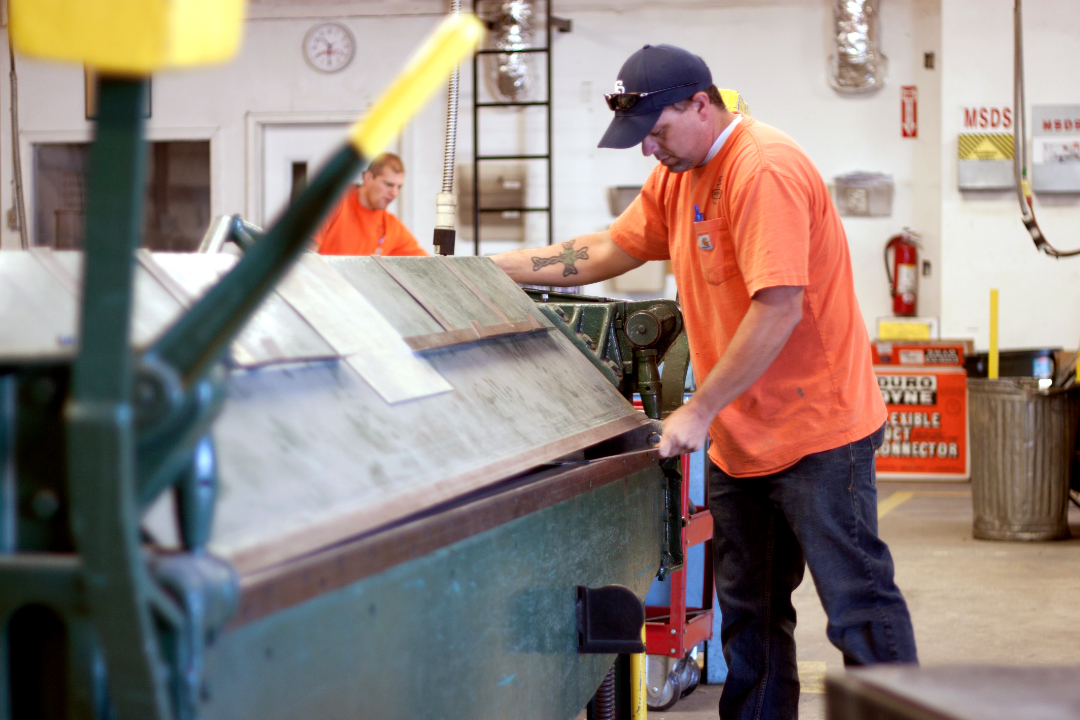The controlled and systematic heating and cooling down of metals is called heat therapy. These exposures to extreme temperatures help change the physical and mechanical attributes of metals. But one thing should be kept in mind when going through the procedure the form of the metal product remains unchanged. Manufacturing procedures like welding and forming include heat therapy, that is either to heat or cool off metal in high degrees, inadvertently as a basic step in the complete procedure. Techniques of heat therapy have some processes. However before we get into this info we should go a bit deeper in to the micro-structure of the metals.

Metals constitute of micro-structures, which are like grains of crystals, known as crystallites, packed together to make a unit of a micro-structure. These crystals can vary greatly in mass and size. The type of these crystals determines the mechanical properties of a metal. By heat treatment one can change the overall properties of these crystals. Thereby, this can also manipulate the entire mechanical properties of metals. In a Heat therapy company, the rate of diffusion in metals can be changed and moreover the rate of cooling the metals try cool down after going right through heavy heating can be changed. Alloys are often useful for their mechanical properties; by using complex heat treatment procedures metal workers increase this property of alloys. A brilliant alloy, which is used in the aerospace industry, sometimes has to undergo five or higher different heat treatments to achieve the desired results.
A Heat therapy company thus raise the efficiency of the mechanics, to raised the formability of the metal and regain its ductile property which is often affected because of working in very cold environments. But this process can have several other uses in other manufacturing procedures too.
Out of most other metals and materials steel production needs heat treatment probably the most. Steel responds quickly to heat and for that reason one can depend on these to obtain suitable results. In https://www.snntv.com/story/49019114/aisc-certified-structural-steel-fabricator-carolina-fabricators-inc-provides-advanced-time-critical-custom-metal-fabrication-and-machining-solutions is definitely the most sought after material. No other material can match the demand of steel. So, we are able to deduce that treatment or process is a very vital aspect of today's industrial and commercial world. This helps the steel in improving its mechanical efficiency by, softening, hardening and material modification.
Softening: this is particularly done to increase the elasticity of steel. It helps the steel to regain its ductility, along the way decreasing its power and removing residual stresses. Interestingly softening can also be used to improve the electromagnetic characteristics of the steel looked after purifies the grain size in the steel.
Hardening: literally it's the opposite of softening and even practically in case of heat therapy of steel, it raise the hardness of the steel, rendering it less ductile in the process.
Material Modification: Material modification is done to manipulate the properties of steel, apart from hardening and softening.
